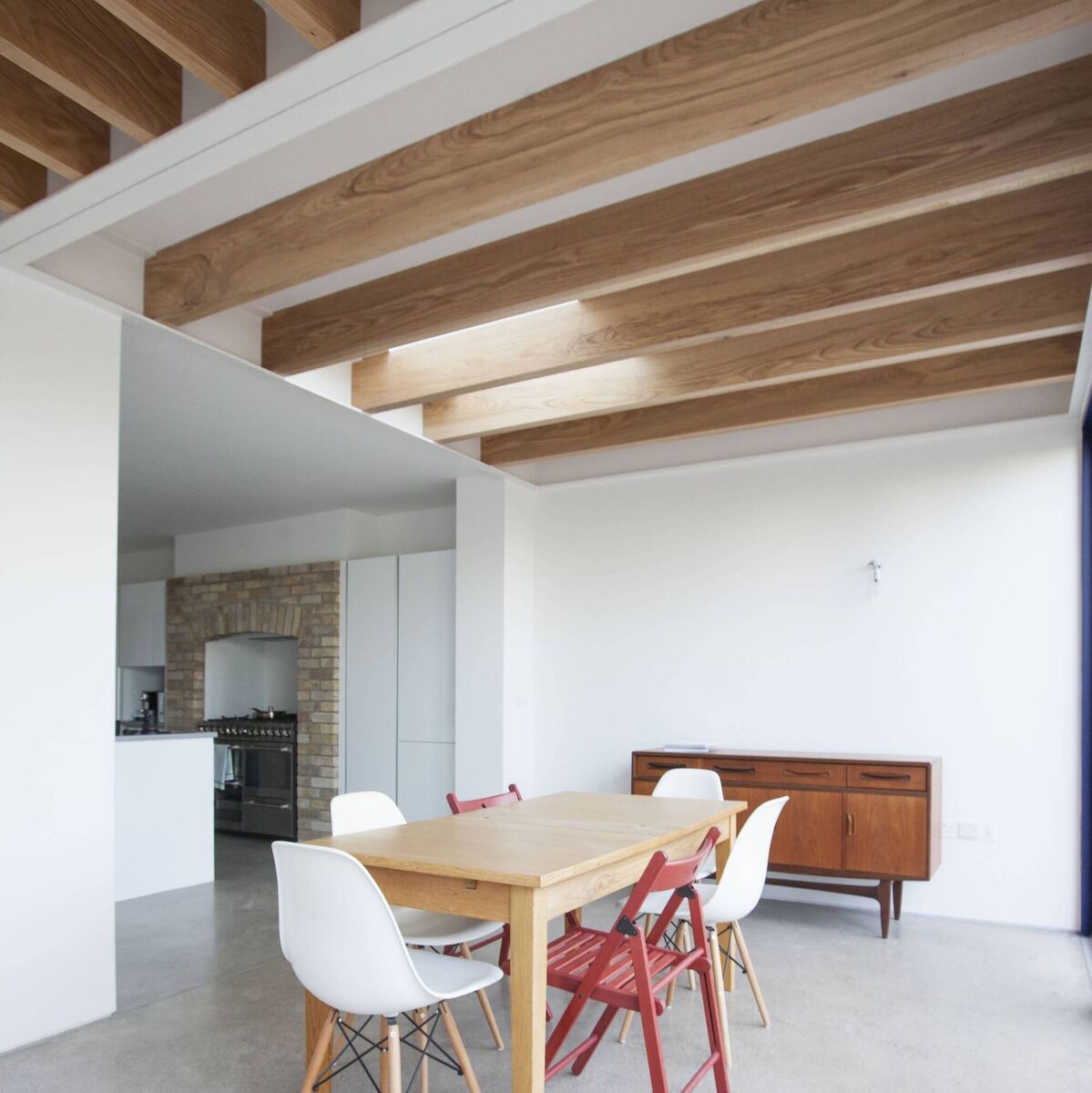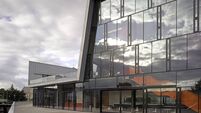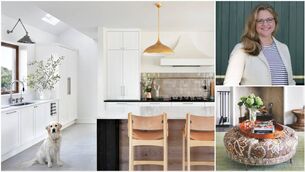See how this Edwardian home in Dublin was transformed
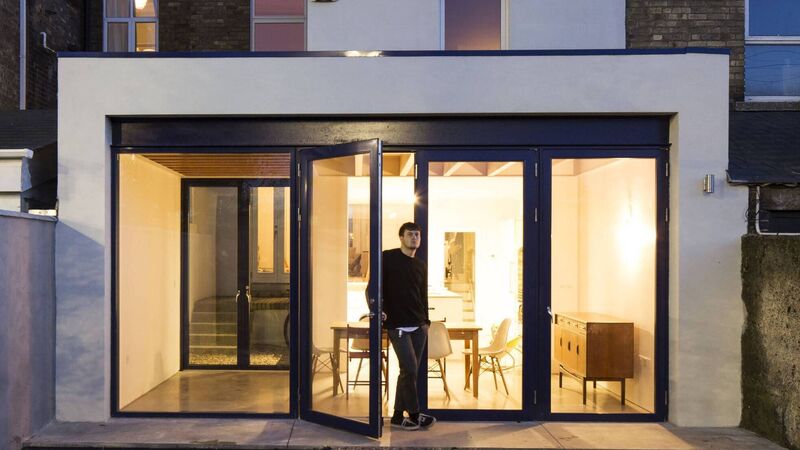
This Eaton Square, Terenure, extension modernises an Edwardian house with a kitchen and dining space, and the enclosure of yard space to make a charming courtyard. Pictures: Shane Lynam
Remember before Covid when we’d traipse around other people’s homes on the Open House weekend?
For others looking for ideas, it could have meant coming across a project so in line with their personal taste they ended up asking the homeowner for an introduction to their architect.
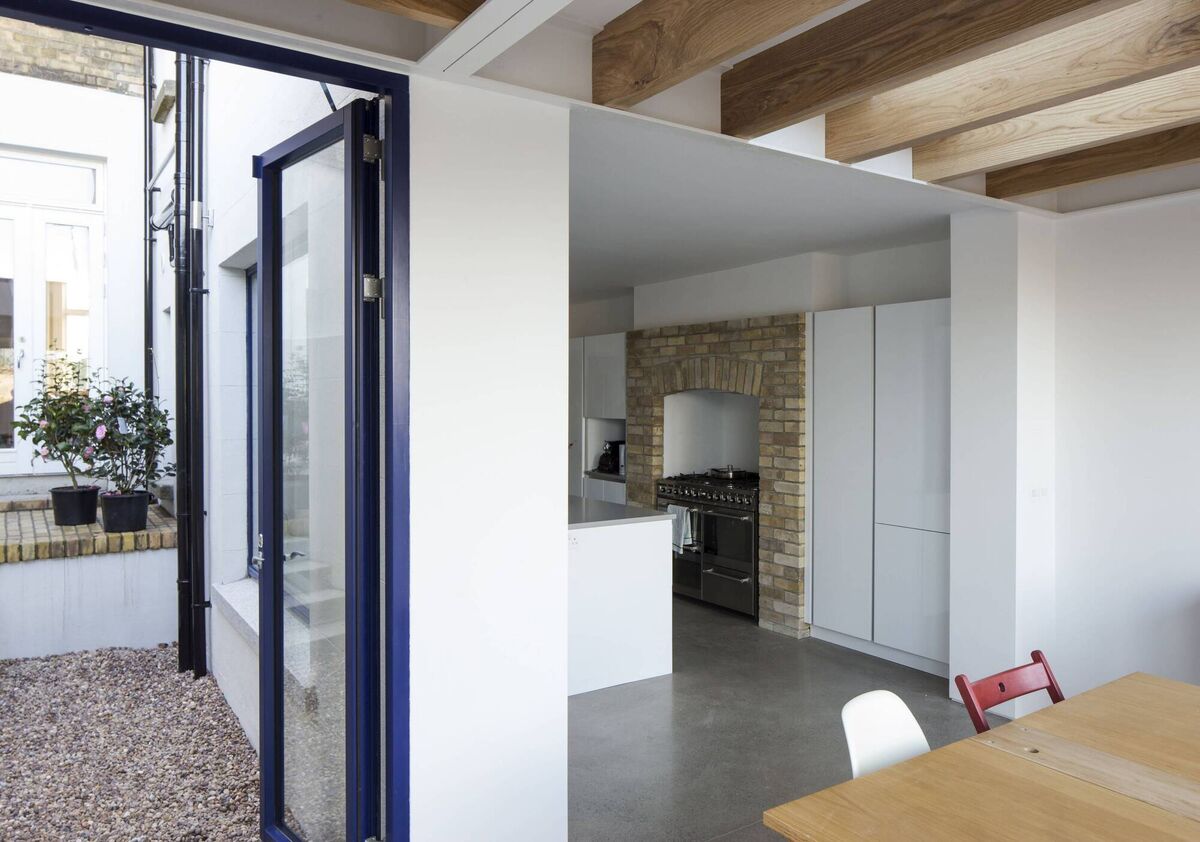
Something just like this happened about five years ago when a young couple was in the process of buying a once handsome, but decaying four-bedroomed Edwardian red-brick on Eaton Square in Dublin’s Terenure neighbourhood.
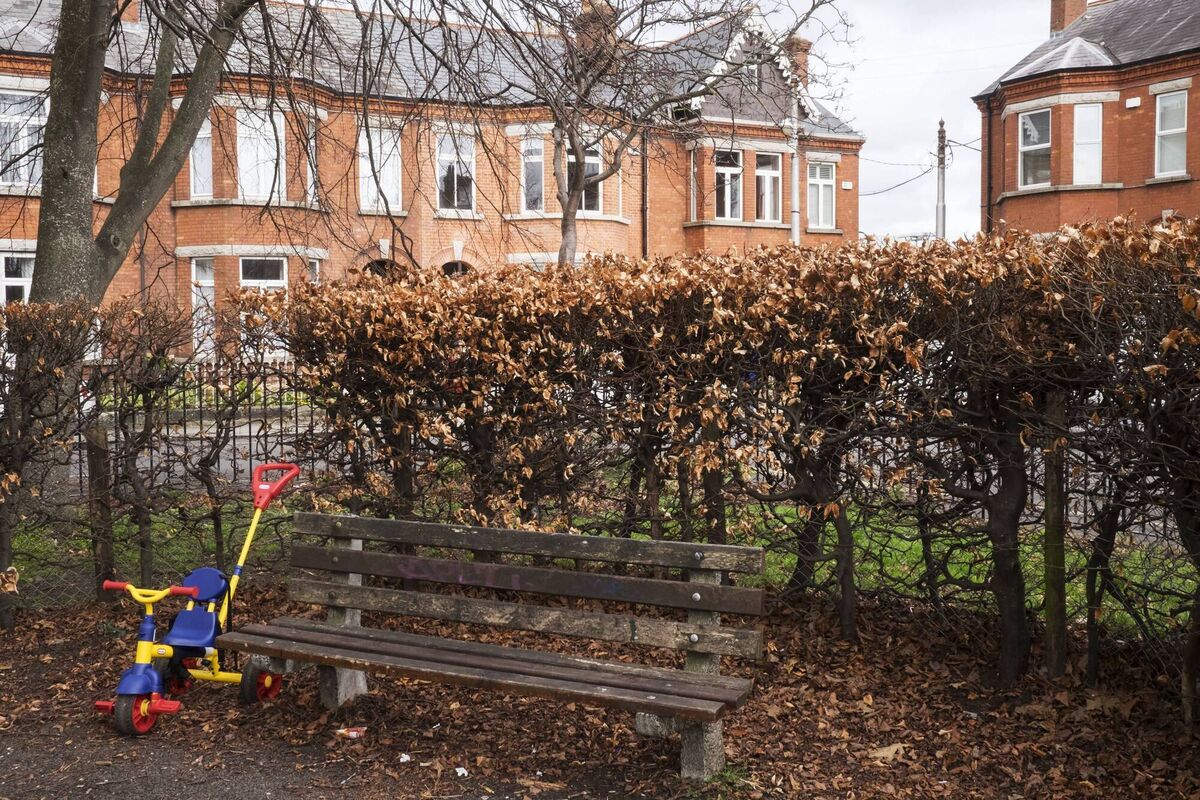
By a stroke of serendipity, Dublin-based architect Lucy Jones had just completed a design project for her sister’s house, also located on Eaton Square, and had managed to persuade her to participate in the Open House weekend and throw her doors open to the public.
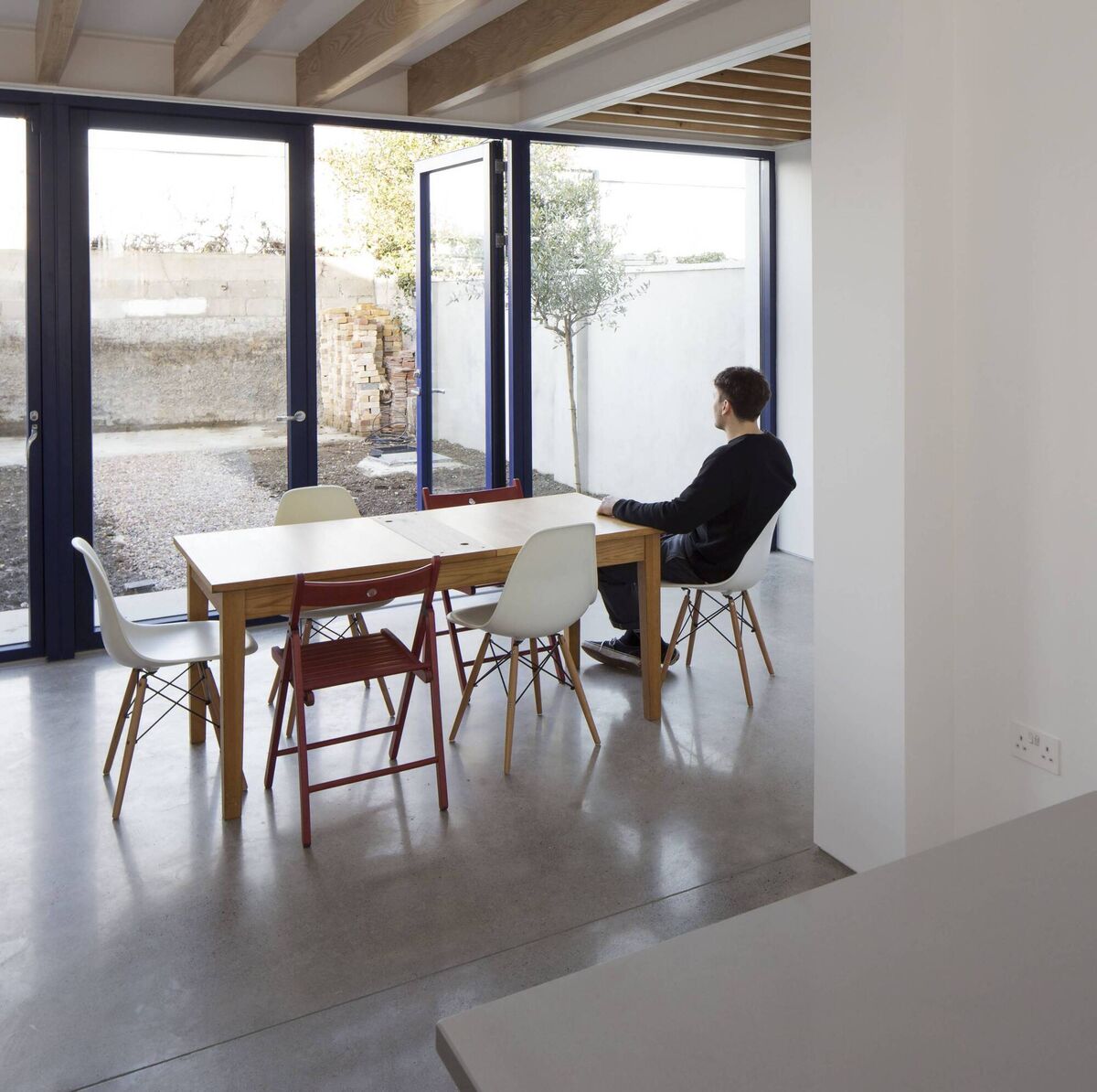
The finished structure, however, has floor-to-ceiling glass doors and windows maximising light from the rear; a large window to the side overlooking a courtyard, plus the roof lights and, internally, a glass door to the hallway and a window created in the wall between the kitchen and playroom, all contributing to maximising light through the space.
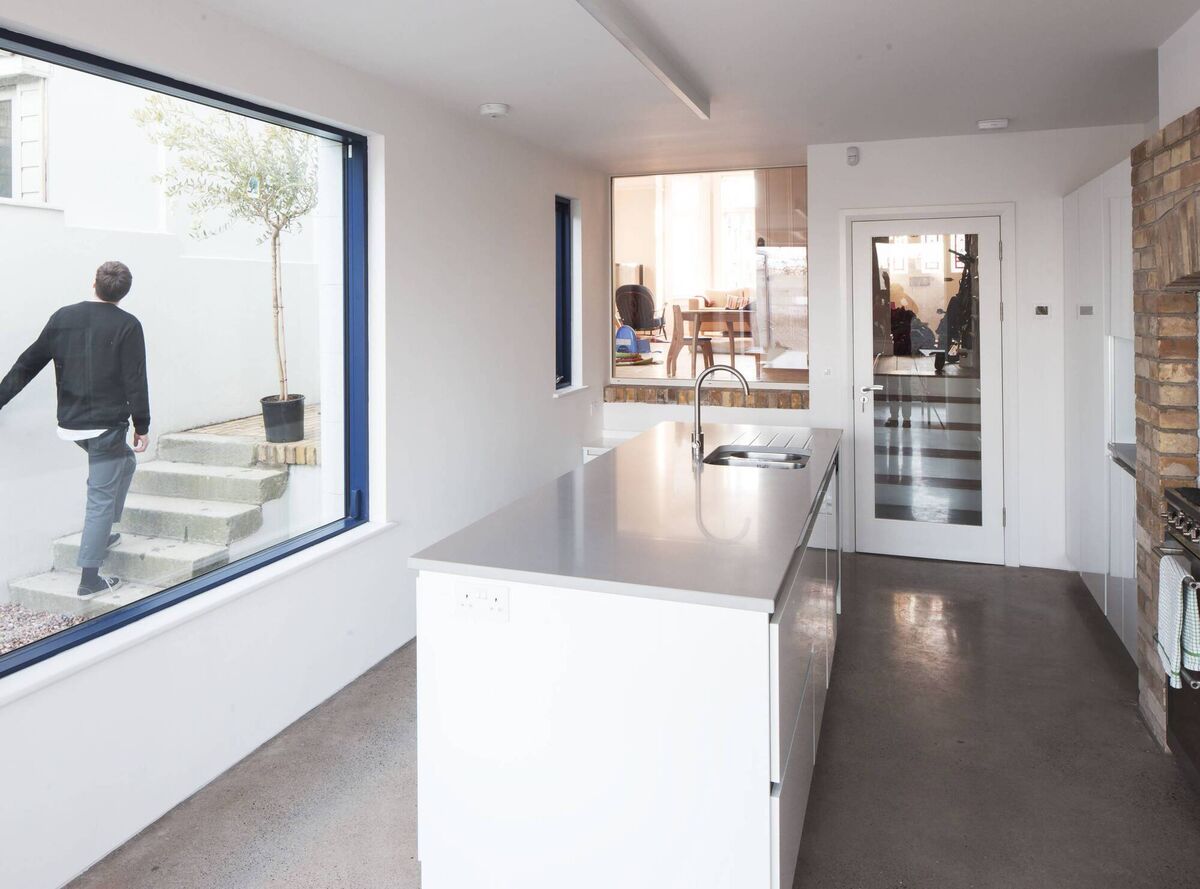
A leitmotif in Antipas Jones’ projects is their approach to space planning and storage. It means the separate toilet and bathroom upstairs have been broken into one space. The washing machine and dryer are located under the stairs in what might have once been the coal house, as the client didn’t want to hear appliances rattling when sitting in the kitchen.
